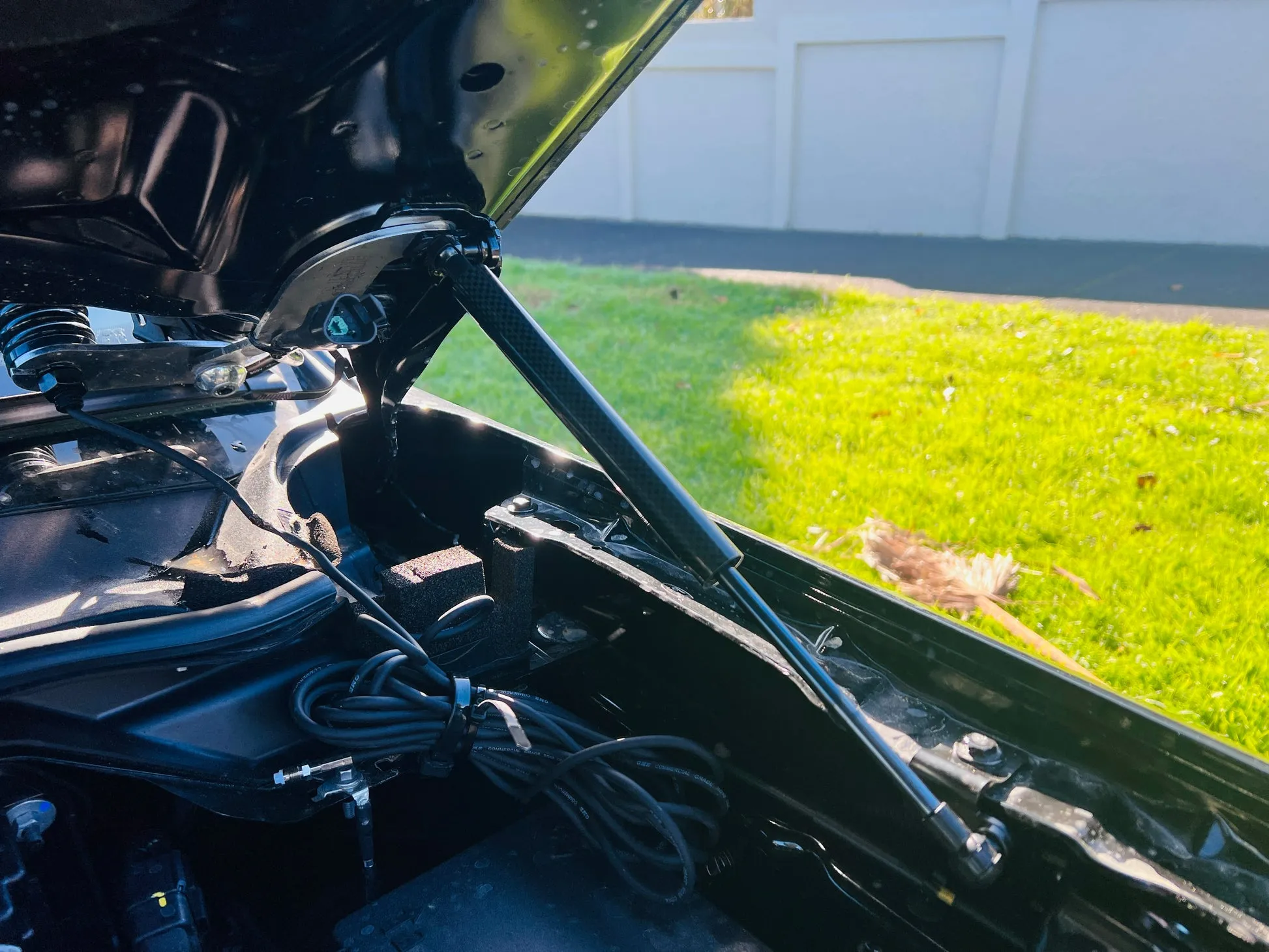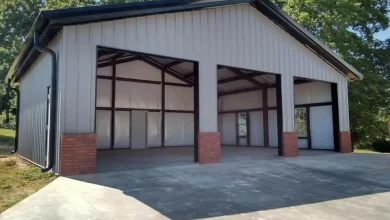Extending the Life of Your Car Bonnet Gas Struts: Maintenance & Care Tips

Your car bonnet gas struts play a crucial role in ensuring easy and controlled bonnet operation. Whether you’re checking your engine oil or performing routine maintenance, these small yet powerful components make accessing your engine bay effortless. However, like any mechanical part, gas struts have a limited lifespan and can deteriorate over time due to wear and environmental factors.
By taking proactive steps to maintain and care for your gas struts, you can extend their longevity, prevent premature failure, and save money on replacements. In this guide, we’ll explore practical maintenance tips to keep your bonnet gas struts in top condition, ensuring consistent and reliable performance for years to come.
Why Gas Struts Wear Out Over Time
Gas struts operate using compressed nitrogen and oil damping, allowing them to provide smooth and controlled motion. However, factors like temperature fluctuations, moisture exposure, physical wear, and pressure loss can gradually degrade their performance.
Common reasons for gas strut failure include:
- Loss of Gas Pressure – Over time, nitrogen gas escapes, reducing the strut’s ability to hold the bonnet open.
- Seal Degradation – Rubber seals within the strut can wear out, leading to leaks.
- Corrosion & Rust – Exposure to moisture can cause rust buildup, affecting movement.
- Physical Damage – Accidental impacts or excessive force can cause the strut to bend or weaken.
Understanding these wear factors allows you to implement preventive maintenance and keep your gas struts functioning optimally.
Essential Maintenance Tips to Prolong Gas Strut Life
1. Keep the Struts Clean and Free from Debris
Dust, dirt, and grime can accumulate on the piston rod, interfering with its smooth operation. To prevent buildup:
- Wipe the gas struts with a soft, damp cloth every few months.
- Avoid using harsh chemicals that may damage seals or coatings.
- Ensure no debris is trapped around the mounting points.
Regular cleaning prevents contaminants from compromising performance and reduces unnecessary friction.
2. Lubricate the Moving Parts Periodically
Although gas struts come pre-lubricated, periodic application of light machine oil or silicone-based lubricant can help maintain their efficiency.
- Apply a small amount of lubricant to the piston rod.
- Avoid over-lubricating, as excess oil can attract dirt.
- Never use grease or heavy oils, which can cause clogging.
Proper lubrication helps maintain smooth movement, reducing wear on internal seals.
3. Inspect for Signs of Wear and Leaks
Routine inspections allow you to identify early warning signs of potential failure. Every few months:
- Check for oil residue or leaks around the strut body.
- Look for rust or corrosion on the metal components.
- Ensure the mounting brackets and bolts are secure.
If you notice oil leaks, visible damage, or weakened lift strength, consider replacing the struts before complete failure occurs.
4. Protect the Struts from Extreme Temperatures
Gas struts are sensitive to temperature fluctuations. Excessive heat or freezing conditions can impact internal gas pressure, reducing their effectiveness.
- Try to park in a shaded or covered area to prevent overheating.
- In cold climates, gently operate the bonnet to prevent sudden movements.
- Avoid exposing struts to direct sunlight for extended periods.
Maintaining a stable environment helps preserve gas pressure and prevents seal deterioration.
5. Avoid Applying Excessive Force
While gas struts are built for durability, excessive force can bend the piston rod or damage seals.
- Always open and close the bonnet gently without sudden slamming.
- If the bonnet feels stiff or resistant, inspect the struts rather than forcing movement.
- If one strut fails, replace both to maintain balanced operation.
Being mindful of how you operate the bonnet reduces unnecessary strain on the struts.
6. Check and Tighten Mounting Points Regularly
Loose mounting brackets can lead to misalignment, causing inefficient operation. Every few months:
- Inspect the strut attachment points for loosened bolts or worn brackets.
- Tighten any loose screws or fittings to maintain stability.
- If mounting brackets are corroded, consider replacing them.
Proper mounting ensures the gas struts distribute force evenly without excess strain.
7. Replace Struts Before They Fail Completely
If your gas struts show signs of wear—such as difficulty holding the bonnet open—it’s time to replace them. Continuing to use failing struts can cause:
- Sudden bonnet collapse, posing safety risks.
- Increased strain on hinges and mounting brackets.
- More costly repairs due to misalignment issues.
Choosing high-quality replacements ensures longevity and superior performance. Trusted brands like Schutts Industrial offer premium car bonnet gas struts, designed for durability and reliable lift support.
How to Identify When Replacement Is Necessary
If you experience any of the following issues, it’s time to replace your gas struts:
- The bonnet feels heavier than usual or struggles to stay open.
- The struts make squeaking noises or feel rough during movement.
- Visible oil leaks or rust are present.
- The bonnet drops suddenly without warning.
Replacing failing gas struts proactively ensures continued safety and convenience.
Final Thoughts
Maintaining your car bonnet gas struts doesn’t require extensive effort, but implementing simple care routines can significantly extend their lifespan. Regular cleaning, lubrication, inspections, and gentle operation help prevent premature wear, saving you money on replacements.
By taking preventive action and choosing high-quality gas struts, you ensure your vehicle bonnet remains secure, functional, and reliable for years to come. If you’re looking for durable, precision-engineered replacements, consider Schutts Industrial for industry-leading gas strut solutions!




